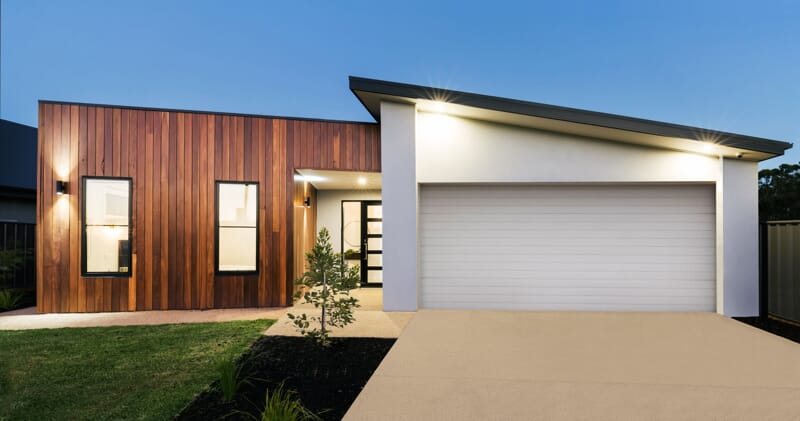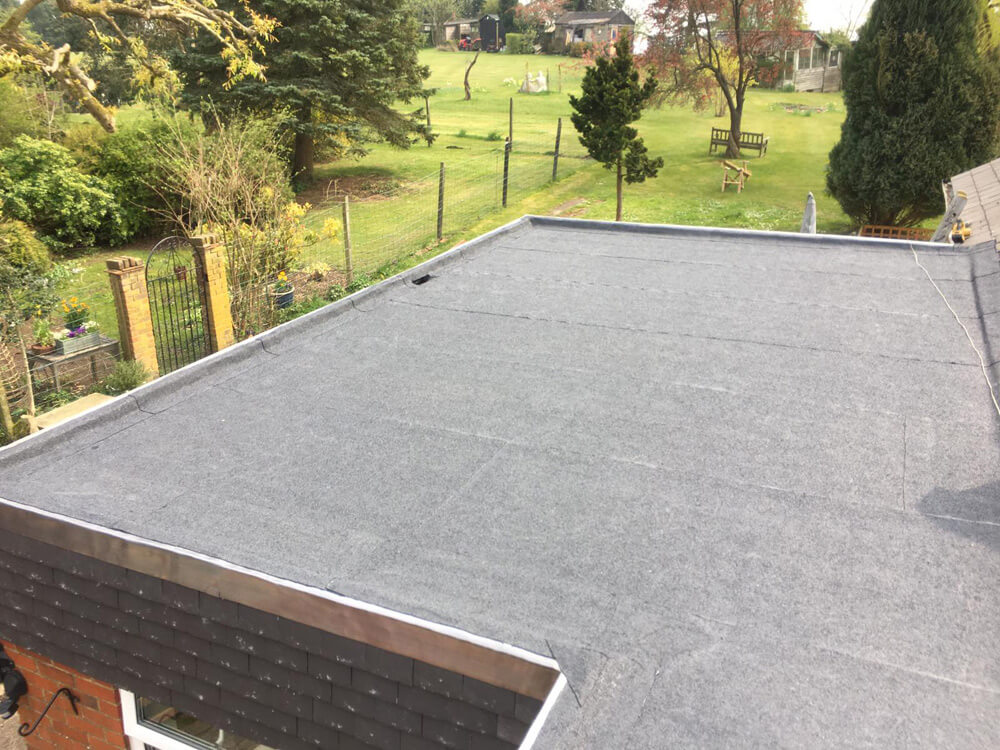
After reading this article, you might know the importance of roof ventilation, which will be at the top of your to-do list. It is so because, when you choose a flat roofing system, ventilation is vital to keep your home a safer and more comfortable place to live in.
The real question is what to do if you know nothing about roof ventilation. Firstly, you should not be worried because we will tell you all the necessary information you need. It includes the best ventilation methods and the type and size of the vents you need.
Table of Contents
What Is Roof Ventilation?
Roof ventilation is necessary to allow the air to move through the roof and into the attic. It is important because it helps to regulate the temperature of your house. Not only this, but it also removes moisture and humidity that would lead to rot otherwise.
Mainly there are two types of ventilation; static and mechanical. Static ventilation is passive and relies on natural convection to move air through the roof. Mechanical ventilation uses fans for the movement of the air.
What A Homeowner Needs To Know:
As we have already discussed, flat roof ventilation is vital for every home and its health. So a homeowner must know some important facts about roof ventilation. For example, the selection of the size and the type of vent depends on the roof of the house.
Ways A Roof Can Be Vented:
The proper placement of roof venting provides proper airflow to your roof. For example, one vent should be slightly lower than the other to facilitate air movements. When you want to repair the roof, your roofing expert will suggest you update the current ventilation to optimize the attic flow.
The vents may vary from simple stationary vents to more elaborate ones. The location of the vent depends upon the direction of your house. It also depends upon the size and the style of your roof, of which you want ventilation.
1. Number Of Vents:
The number of vents you need to install in your house depends on the size of the attics. A general rule says you should have one square foot of venting for every 3002feet of space. If the roof does not have a vapor barrier, you must have a roof vent for every 150 square feet of ceiling space.
2. The Type Of Air Vent:
The type of air vent you will install on the roof matters because all types of vents do not provide the same level of ventilation. Here we will tell you about some common types of vents:
I. Box Vents:
Box vents are near the top of the roof. They do not provide much venting space, so you may need to install several of them to serve the purpose.
II. Ridge Vents:
Ridge vents allow more venting capacity as compared to box vents. They run along the roof peaks, so they usually don’t attract your attention towards them. So, they are mostly used for shingle roofs.
III. Turbine Vents:
The top of turbine vents spin on the ball bearings and relies on drawing out the humid air. So, this way, you will keep getting fresh air!

Best Roof Ventilation Methods:
There are a lot of roof ventilation methods, but you should know what suits best for the roof of your house. We have already discussed some common types of vents in this article above, so let’s discuss some more here.
- Low-rising metal hoods are popular and commonly seen on most roofs because they allow more air to pass through them. The number of these hood vents you need to install also depends on the size of your roof.
- Metal turbine roof vents are not commonly used for home roofs because they are tall and noisy, so they are not appropriate to install in a home. They also allow the warm air to move out of the attic space.
- Gable vents are usually placed at the end of your home, and they are not required when your roof has ridge vents already installed. They allow the air to circulate in combination with the soffit ventilation.
Conclusion:
Roof ventilation is vital to keep your house airy and comfortable. And if you want to install a vent on your roof, you must know about some important things and keep them in your mind while choosing a vent for your house.
You need a suitable type of vent that suits your roof type because many vents are available on the market. But you need to buy them according to the size and type of the roof; ridge vents, gable vents, etc.
